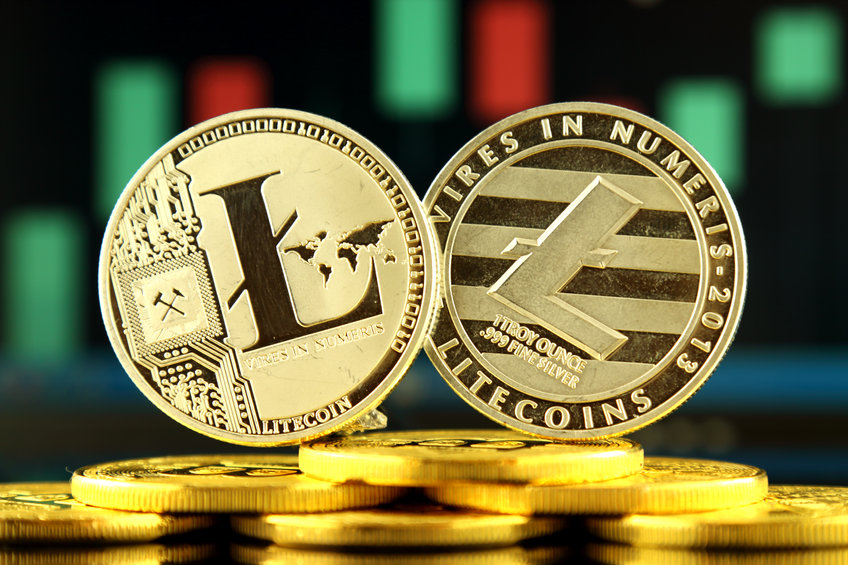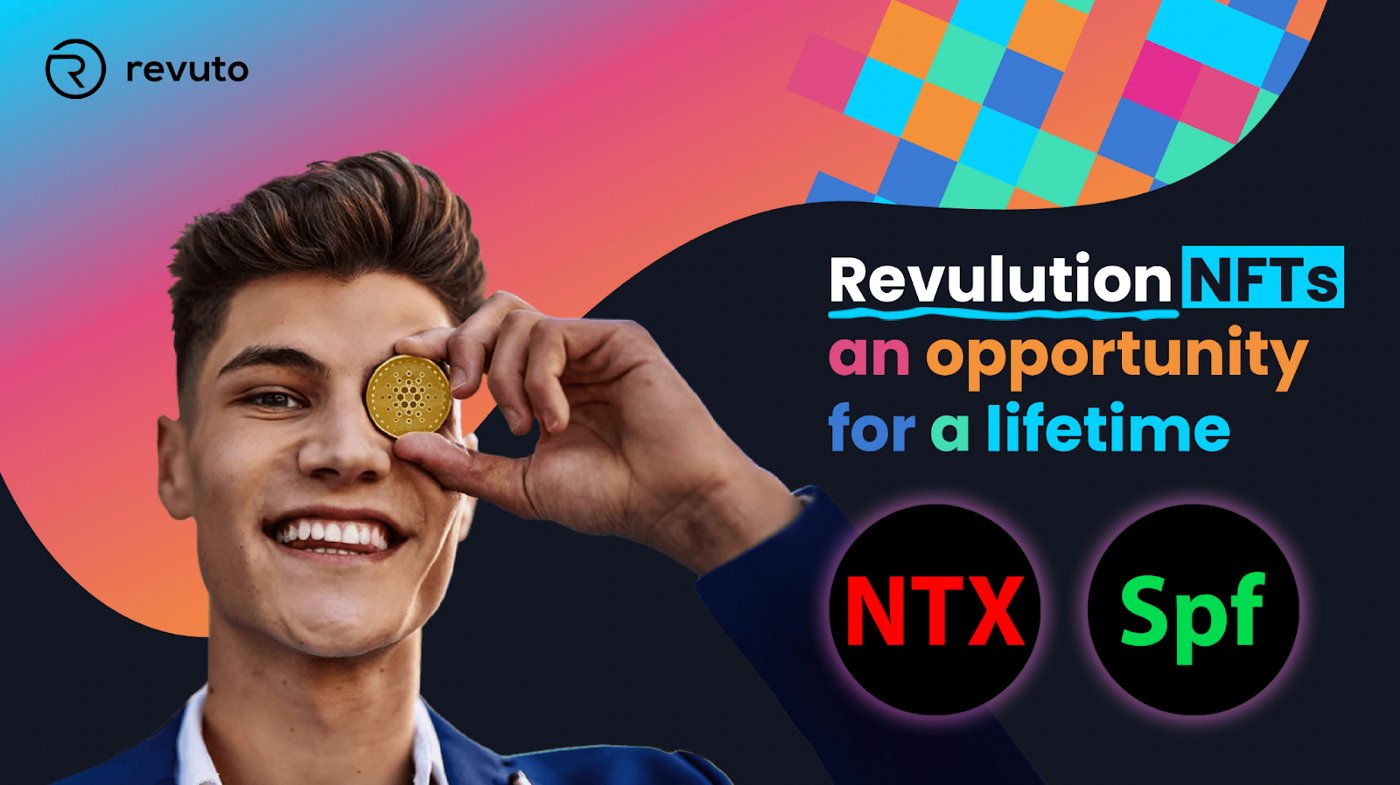
Um einen ausstehenden Kredit bei Galaxy Digital abzuzahlen, verkauft der Miner Argo Blockchain 637 BTC.

Finanzmittel Info + Krypto + Geld + Gold
Krypto minen, NFT minten, Gold schürfen und Geld drucken

Um einen ausstehenden Kredit bei Galaxy Digital abzuzahlen, verkauft der Miner Argo Blockchain 637 BTC.

The crypto market as a whole is mixed. Bitcoin was trading at $21,333 at the time of writing.
Over the past 24 hours, Bitcoin’s price rose around 5% to reach its highest levels in three weeks. Ethereum was up around 2% at time of writing, while XRP climbed around 3%.
Cryptos outside the top 10 were mostly in the green. Polygon is the biggest gainer, up by more than 5%.
Outside the top 20, the tendency was similarly mixed, with most coins adding or losing 2-4% of their value. Notable standouts on the winning side are Neo with 6% and Curve DAO Token, up 5%. As predicted yesterday, the CRV token keeps increasing.
Another winner today is Aave, up 8% at the time of writing. It began surging after Aave proposed to introduce GHO, a native, decentralized, collateral-backed stablecoin pegged to the US dollar.
The biggest gainer today is 1inchnetwork, up 10% at the time of writing. Kyber Network just announced that 1inch completed integration of KyberswapElastic on 7 chains: Ethereum Mainnet, Binance Smart Chain, Polygon, Optimism, Avalanche, Arbitrum, and Fantom.
Users can now take advantage of the competitive rates of the newly launched liquidity protocol.
Compound shed 4%, reversing some of yesterday’s gains. Convex Finance is down by more than 4%, which is seemingly perplexing considering the close association with Curve DAO Token. However, the biggest loser of the day is The Sandbox with -6%.
The post Highlights July 8: Bitcoin reaches highest price level in 3 weeks appeared first on CoinJournal.

Litecoin price is in a consolidation phase as investors wait for the next key catalyst. It is trading at $51.87, which is about 28% above the lowest level in June. Its market cap currently stands at $3.67 billion, making it the 21st biggest cryptocurrency in the world. At its peak, LTC was among the biggest coins globally.
Litecoin is a leading cryptocurrency that was created to address the challenges that bitcoin has as a medium of exchange. For example, Litecoin has a bigger supply cap than BTC. It is also significantly faster and its transactions are much cheaper.
LTC has a close correlation to bitcoin. Therefore, the factors that have pushed BTC to $20,000 are the same ones that have caused litecoin to plummet.
First, there is the issue of the Federal Reserve. In a bid to cushion the American economy from the pandemic, the Fed decided to lower interest rates to a record low. It also implemented quantitative easing (QE), which involved printing trillions of dollars in cash.
Learn more on how to invest in cryptocurrencies.
As a result, these actins pushed bond yields at record low and riskier assets at record highs. Stocks and cryptocurrencies surged. Now, the Fed is doing the opposite. The bank has started hiking interest rates and implementing quantitative tightening (QT). Therefore, investors are abandoning riskier assets like litecoin and bitcoin.
Second, on-chain data shows that activity in litecoin’s ecosystem has declined sharply in the past few months. This means that very few people are holding and using litecoin for transactions.
Finally, the recent happenings in the crypto industry has led to weaker demand for LTC. Some of the most important events are the collapse of Voyager Digital, Celsius, Vauld, and BlockFi. Most investors have exited their crypto investments as they avoid being caught in such a situation.

The daily chart shows that the LTC price has been in a strong bearish trend in the past few months. The coin managed to cross several important support levels like $92.11 and $100 during this sell-off. It remains below the 25-day and 50-day moving averages while the Relative Strength Index (RSI) is at the neutral point at 50.
Therefore, litecoin will continue in the downward trend as long as it is below the two moving averages. Until this happens, the LTC will likely retest the support at $40.
The post Litecoin (LTC) price sell-off to continue until this happens appeared first on CoinJournal.

Celsius Network, a famous crypto lending firm, has been battling a serious financial crisis owing to the current crypto market meltdown. It lends out customer deposits and in return earns some interest. It manages over $11.8 billion in crypto-assets and offers its customers percentage yields as high as 18.63% of crypto deposits
Celsius financial crisis was through to the limelight after the crypto lender indefinitely froze withdrawals, swaps, and internal transfers shortly after the Terra LUNA debacle that set the crypto market on a free fall. Shortly after pausing withdrawals, Celsius then hired restructuring lawyers as it tried to keep afloat.
As events continued to quickly unfold and fears of insolvency gained traction, MakerDAO voted to temporarily disable the Direct Deposit Module (D3M) of DAI for DeFi lending platform Aave. The move was aimed at reducing Celsius’ exposure to the DAI, which it had already borrowed through the Aave platform. Celsius had borrowed 100 million DAI tokens on Aave.
On July 6, Celsius, however, paid $183 million to Maker in DAI tokens in an attempt to clear its debt. It paid 59 million DAI tokens meaning it remains with a debt of 41 million DAI tokens. The move frees up some of the wrapped bitcoin that had been used as collateral for the debt.
But in a shocker turnaround of events, the embattled crypto lender Celsius, was then on Thursday (July 7) sued by its former investment manager for allegedly using customer deposits to rig the price of its native token, CEL, while failing to properly hedge risks; something that led to the freezing of customers’ assets.
Owing to the woes facing Celsius Network, it could be necessary to look for an alternative platform that offers similar or better services. Coinjournal has compared five alternatives to Celsius Network for you. The list compares features, pricing, ratings, and products offered.
Nexo was the first crypto lending platform to offer instant crypto-backed loans. Besides allowing customers to borrow, the crypto lender also allows crypto investors to use their digital assets and provide them as collateral for a crypto credit line.
It allows users to instantly buy cryptocurrencies using cards at 0% fees and with a 0.5% cashback strategy allowing users to earn as they spend. It also allows users to swap cryptocurrencies and also earn up to an APY of 16% for providing their crypto assets.
Most importantly, Nexo has remained steady regardless of market conditions and it recently entered into talks with Citigroup for strategic opportunities in crypto lending.
CakeDefi is Singapore-based staking, liquidity pool, and lending protocol that allows users to deposit their crypto assets and earn a percentage yield.
Despite its ‘DeFi’ tag, Cake DeFi is more of a centralized platform since it is a custodial platform that offers a suite of DeFi products.
CakeDeFi offers three primary DeFi products namely lending, staking, and Liquidity Mining. Users can earn an average of 6.5% for lending out their crypto assets or up to 80% for participating in Liquidity Mining.
Compound Finance is a San Francisco, California-based mechanical money market protocol that allows users to deposit crypto assets and earn interest of up to 16% APY or borrow other crypto assets against the assets they deposited. It was founded in 2018 and was among the first crypto lending platforms to be developed.
Compound users can also Buy, Sell or Swap cryptocurrencies.
Compound started as a centralized platform but has grown out of its image after the issuance of its native governance token, COMP, ushered in the transformation of Compound into a community-governed decentralized autonomous organization (DAO).
Aave is renowned crypto-based lending and borrowing platform. It was launched in 2017.
Aave is a non-custodial DeFi protocol, and it offers three main products namely borrowing, lending, and Liquidity Mining (for the liquidity providers who provide liquidity to the lending pools).
Aave has some of the largest lending pools across the blockchain industry and has become a common name for crypto experts.
Besides offering over-collateralized crypto loans, Aave users can also get uncollateralized loans called Flash Loans.
Crrypto.com offers a range of crypto services including a Crypto.com App, Exchange, Visa Card, DeFi swap, DeFi Wallet, DeFi Earn, Crypto.com Price, staking, and crypto lending among other services.
In addition to the wide variety of services, Crypto.com also offers some of the lowest transaction fees and incredibly generous rewards programs within the crypto industry.
With the above alternatives to Celsius, you have a selection of reputable platforms that offer similar or better crypto services as the Celcius Network, which is currently undergoing some hardships.
The above list is, however, but a fraction of crypto protocols out there that offer similar services to what Celsius offers.
The post 5 best alternatives to Celsius appeared first on CoinJournal.

Revuto is offering what could be a game-changing experience for Netflix and Spotify subscribers – a lifelong digital subscription via a limited edition NFT collection.
The Croatian startup, a market leader in the digital subscription management industry, has announced that by 11 July, 10,000 users will have a chance to purchase the Revulution NFT and enjoy subscriptions to the leading streaming platforms for life.
Netflix and Spotify users interested in the prospect of having to binge on their favorite movies or get the best of musical entertainment without worrying – ever – about subscriptions, can get the innovative product on Revuto’s website.
Commenting on the huge potential the NFTs are offering, Revuto co-founder Josipa Majić said:
“Our Revulution NFT for Netflix or Spotify is just the start, and also an introduction to the subscription NFTs that people will be able to use to pay for any subscription in the world, for however long they want. Also, by using this particular innovation, the users will get discounts when selecting their subscriptions, coupled with the possibility of either gifting or selling them to other users. With such a unique approach, Revuto is introducing something completely new to the world of subscriptions, something that will enable the creation of an entirely new market of prepaid unused subscriptions.”
The subscription industry is a major economy, with millions of users and billions of dollars in payments for services – streaming, gym or even a digital news site. It works, yes, but the traditional subscriber sometimes gets a raw deal because they have no control over their subscriptions once they pay.
Picture a user who pays for a year’s service from a giant like Netflix. If a few months down the road they fancy a different service or maybe are unable to continue using it, there is no way to legitimately benefit from the subscription.
Unsubscribing won’t get you your money back, neither can you pause it.
Revulution NFTs change that, with monetization allowing users a chance to profit from their unused subscriptions. Other benefits include the ability to pause subscriptions, pay with crypto, or protect against free trials. You can also earn discounts on any subscriptions around the world with the NFT.
It’s an opportunity Netflix and Spotify users would not want to miss, according to Revuto.
Revulution #NFTs are an opportunity that you don’t want to miss. 💪
Would you like to have free #Netflix or #Spotify for a lifetime? 🎉
We’ve got some amazing features coming out that will totally Revulutionize #subscriptions. 🚀
Read all about it👇https://t.co/dNKGdXp4pK pic.twitter.com/zdMX1kjJ24
— Revuto (@get_revuto) June 27, 2022
Once a user purchases the NFT, Revuto will provide a digital debit card for completing payments to Netflix and Spotify. The startup has partnered with tier 1 banking provider Railsr (formerly Railsbank), which also powers major exchange Crypto.com, to provide the card.
If you can’t use your paid subscription, the Revulution NFTs are enabled for trading on exchanges. Get another user ready to buy your NFT and profit from selling to them, which opens a whole secondary digital subscription marketplaces.
By tapping into this option for whatever reason, allows Revuto to deactivate the original debit card and assign a virtual card to the new NFT holder.
Revuto’s Revulution NFTs will be on sale on 11 July starting at 12 pm CET. According to the company, each NFT will go for $349, with accepted payment methods being credit/debit cards and crypto.
Users will be able to pay and manage all their subscriptions via a single app.
The post Revuto launches NFT offering lifetime subscriptions to Netflix and Spotify appeared first on CoinJournal.